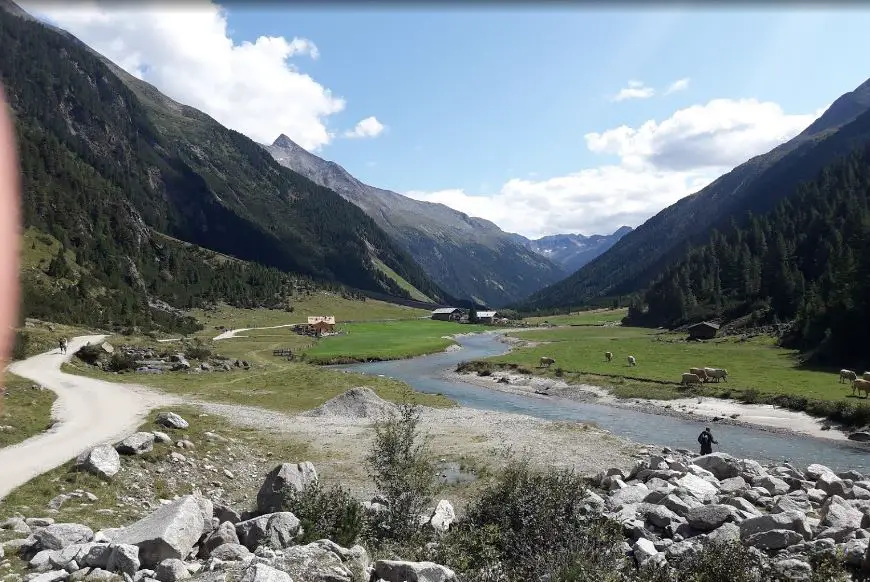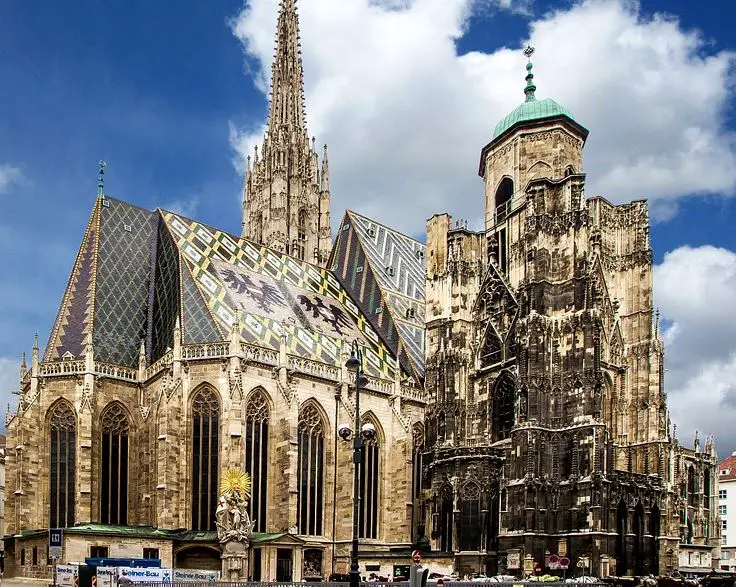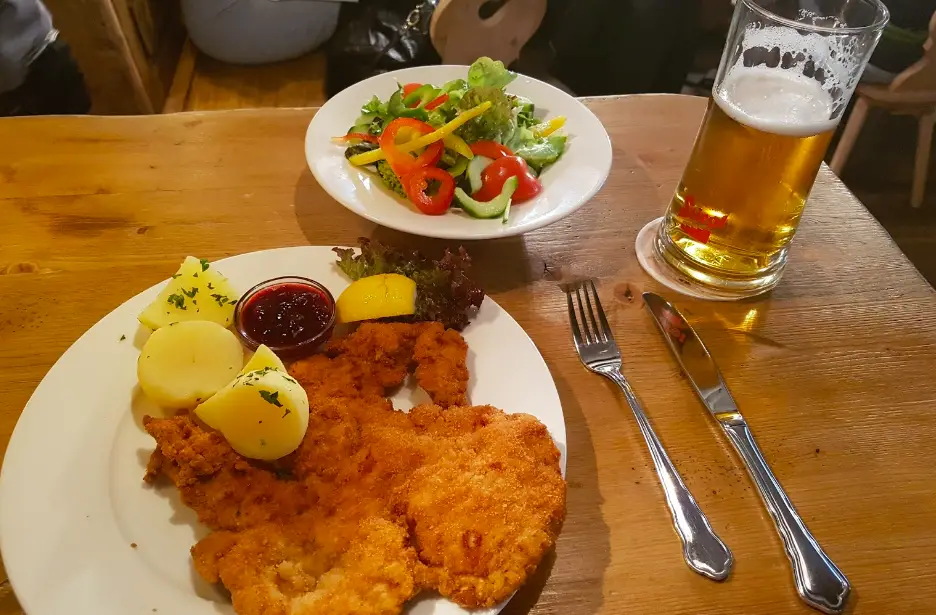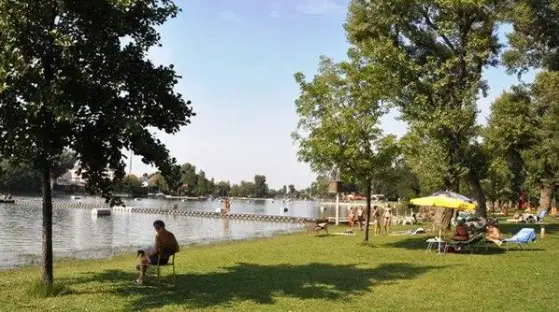Are there Austrian storytelling and oral history traditions?
Post ByAdequate Travel
Summary
Austrian storytelling and oral history traditions have been around for generations. They are an important part of Austrian culture and provide valuable insight into Austria’s past and its people’s experiences. In this blog post, we’ll explore the origins and characteristics of Austrian storytelling and oral history traditions, as well as how they are being used today.Austrian Storytelling Traditions
1. Märchen and Sagen:
Märchen and Sagen are two distinct types of traditional stories in Austria. Märchen refers to fairy tales that often involve magical elements, mythical creatures, and moral lessons. On the other hand, Sagen are legends or myths that are usually associated with specific places or historic events. Both Märchen and Sagen are orally transmitted and have been part of Austrian storytelling traditions for centuries. Examples include "The Singing Bone" (Das singende Knochen) and "The White Serpent" (Die weiße Schlange).
2. Jodler and Volkslieder:
Austrian storytelling is not limited to written tales but also encompasses traditional songs and music. Jodler and Volkslieder are folk songs that carry powerful narratives. These songs often depict the lives of common people, regional events, love stories, or even humorous anecdotes. An example is the famous Austrian folk song "Aber Heidschi Bumbeidschi", which tells the story of a shepherdess lulling her child to sleep during Christmas time.
3. Krampus and Perchten:
The Austrian folklore includes various characters and traditions related to storytelling. During the Christmas season, the Krampus and Perchten figures play a significant role. Krampus, depicted as a half-demon creature, is believed to punish misbehaved children, while Perchten characters are associated with ancient pagan customs and often used to tell stories about the battle between light and darkness. These figures are still part of annual parades and festivals, where stories are enacted and shared.
Austrian Oral History Traditions
1. Family Narratives and Anecdotes:
Austrian oral history traditions often revolve around family narratives and personal anecdotes. Elder family members are valued as keepers of family history and are relied upon to pass down tales about ancestors, significant events, and the struggles and achievements of previous generations. These stories not only shape individual and family identities but also provide historical context and foster a sense of continuity. For instance, families may recount stories about survival during wars, migration experiences, or local traditions.
2. Folklore and Local Legends:
Oral history in Austria also includes preserving and sharing local legends that are specific to certain regions. These legends often arise from historical events, prominent landmarks, or local customs. They can be about mythical creatures, haunted places, heroic figures, or miraculous events. These stories not only entertain but also connect people to their local heritage. An example is the legend of the "Nix", a water spirit associated with lakes and rivers, known to lure people underwater.
3. Traditional Craftsmanship and Trades:
Another facet of Austrian oral history is centered around traditional craftsmanship and trades. Skills and techniques passed down from one generation to another are not only shared but also embedded within stories that highlight the relevance and value of these crafts. For instance, stories about the skilled production of dirndls (traditional dresses) or the crafting of wooden toys convey the importance of preserving these heritage skills. Such stories contribute to the intergenerational transfer of knowledge and appreciation for cultural craftsmanship.
In conclusion, Austria has a rich tradition of storytelling and oral history that encompasses fairy tales, legends, folk songs, family narratives, local legends, and tales related to traditional craftsmanship. These oral traditions play a vital role in preserving cultural heritage, fostering a sense of identity, and passing on historical knowledge.The place is known for its rich history and culture, welcomes tourists with open arms. However, be sure to review the travel advisory and travel warnings to ensure a safe and enjoyable experience.










